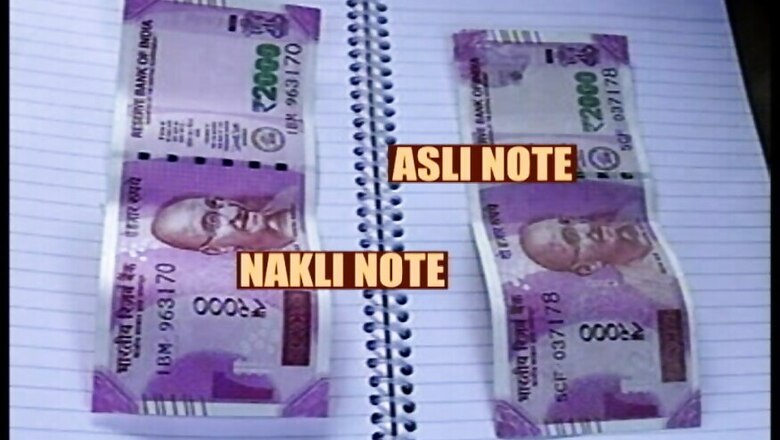
views
Malda: With infiltration and ceasefire violation becoming the order of the day, it would be safe to say that the western front of India is, at the moment, engaged in almost an active combat.
The eastern front, on the other hand, is not far behind with respect to turmoil and nefarious designs by India’s immediate neighbours.
India’s eastern front is being used as a base by the ISI and its paid agents of Jamaat-ul-Mujahideen, Bangladesh for another form of terror.
The 18-kilometer stretch on the Indo-Bangla border has become the hub of the economic terror unleashed by the ISI, with over 80% of fake notes entering the country from this border.
Six months since the historic demonetisation of the Rs 1000 and Rs 500 notes, ISI has managed to copy at least 10 of the 17 features.
The first set of fake notes started coming into the country around December 2016. In January, the BSF caught the first bunch of fake Rs 2000 notes in Malda and since then over Rs 20 lakh worth of fake notes have been seized in this belt.
SHIFT IN STRATEGY
There has been a major shift in the business of printing the fake notes as well. Before demonetisation, fake notes were printed by Pakistan's ISI in Karachi. Officials have now confirmed to CNN-News18 that, for the first time, these notes are now being printed in Bangladesh and on Bangladeshi stamp paper.
“So far, the fake currency that we have seized in Malda are printed on the Bangladeshi stamp paper and this gives us reason to believe that the notes are being made in Bangladesh. It’s safe to say that there has been a change in strategy," says PSR Anjaneyulu, IG BSF South Bengal Frontier.
Sources further said that these notes were being printed in three particular areas of Bangladesh. The headquarters of fake currency business is Chapai-Nawabgunj, which shares the border with Malda. These notes are also being printed in in Mirpur and at two printing hubs in Chittagong.
ENTRY INTO INDIA
The counterfeit currency comes from these printing presses to Shibganj from the Bangladesh side of the border. There are three key operators here, including a professor in a local college situated near the border. These operatives are actively backed by the Jamaat-ul-Mujahideen.
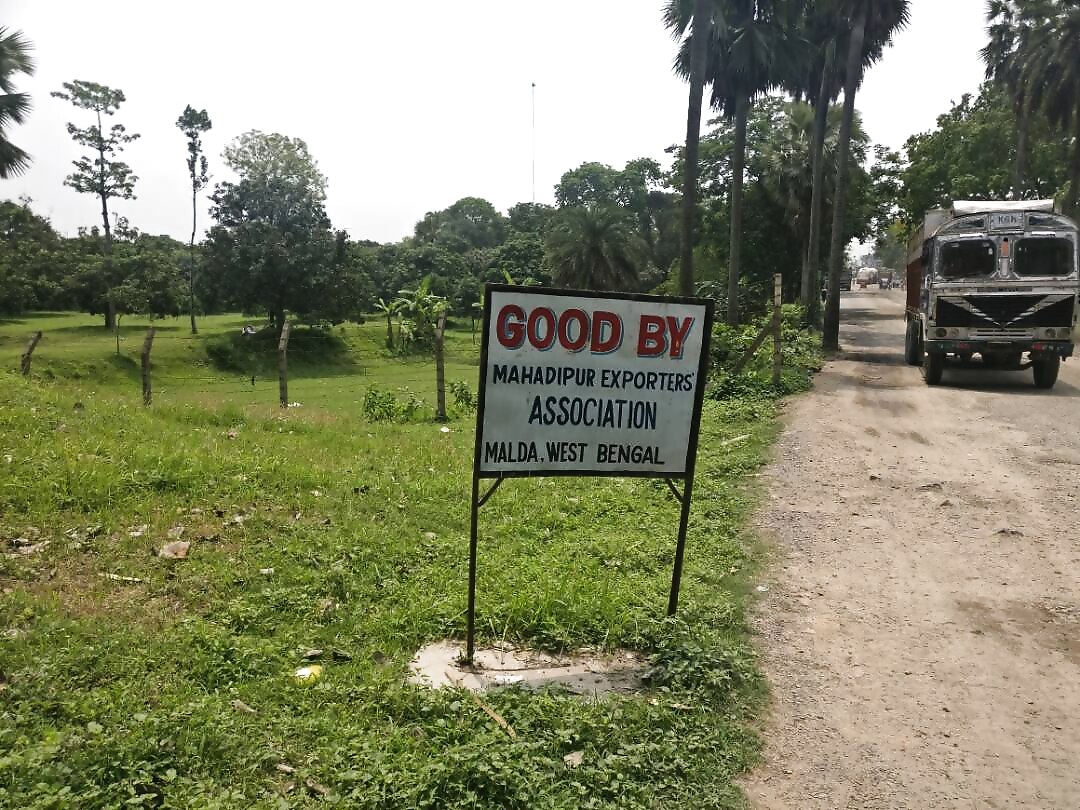
At these presses, these notes are packed into small packets and thrown across the barbed Indian fences. This is where the local ‘coolies’ become active. These ‘coolies’ are often young boys, who are quick in movements, and even if they are caught, they are protected by the Juvenile Justice Act. Most of these boys have a family member living and working in other parts of India, who help in distributing the money to the ISI sleeper cells across the country.
These notes are instantly handed over to the fresh handlers who use the rail link to move to various parts of the country like Punjab, Telangana, Tamil Nadu, and Delhi, among other areas.
WHY MALDA
How did this small border town famous for its mangoes become the hub of the fake note racket?
As per the RBI estimates, over 80% of the fake notes in circulation come from here. The BSF officials say the 18-kilometer border in Malda-Murshidabad is the most vulnerable area, where the forces are said to have a round the clock vigil which has helped them in getting hold of a number of consignments coming in from Bangladesh.
Even with the vigil, it is hard to ignore the fact that these are extremely porous borders. Those staying here have families on either side of it and work to meet their ends meet. The fact that the villages on the borders are one of the most backward areas in West Bengal only adds to Malda’s rising base for the fake currency racket.
Local intelligence suggests while these border houses act as the mainstay of smuggling, the bosses of the syndicate are mainly in Kaliachak and Malda town areas.
“The locals get a commission of Rs 1,000 for every fake note consignment of Rs 1 lakh. That is a lot of money as compared to the mere Rs 300 that we earn by working in the fields," said Muklesur Rehman, a local.
Locals say over 400 youths are engaged in the fake currency smuggling racket in the border villages like Churianpur and others which fall under the KaliaChak police station.
Less than an hour from the border is the railway station, with connecting trains to Delhi, Mumbai, Lucknow, Bangalore and Trivandrum, which makes it easier for transportation across India.
Poverty has ensured that people in this area play into the hands of the diabolical ISI, in spite of the looming threat of arrest.
We earn three to four times more than we earn from an honest day’s at work, locals told News18. “Money, at the end of the day, will feed our families."










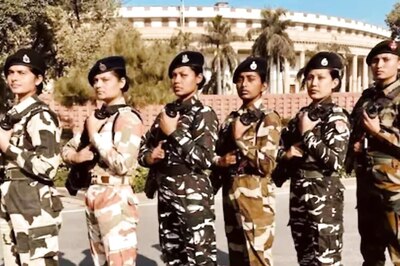



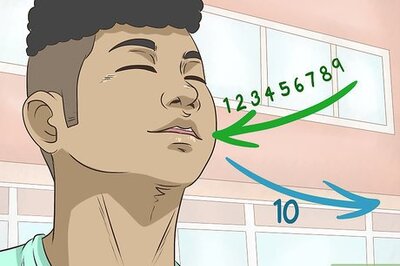
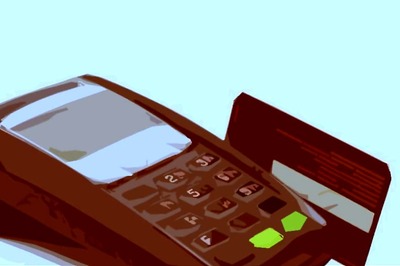
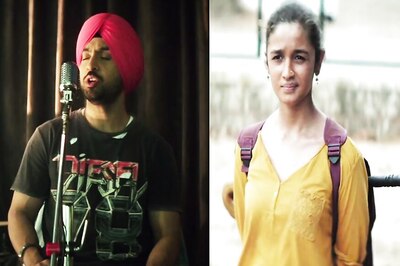


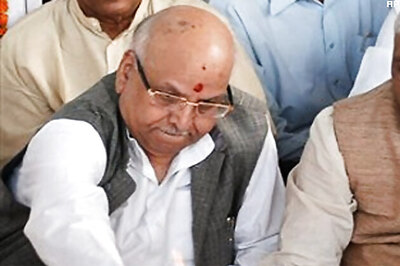
Comments
0 comment